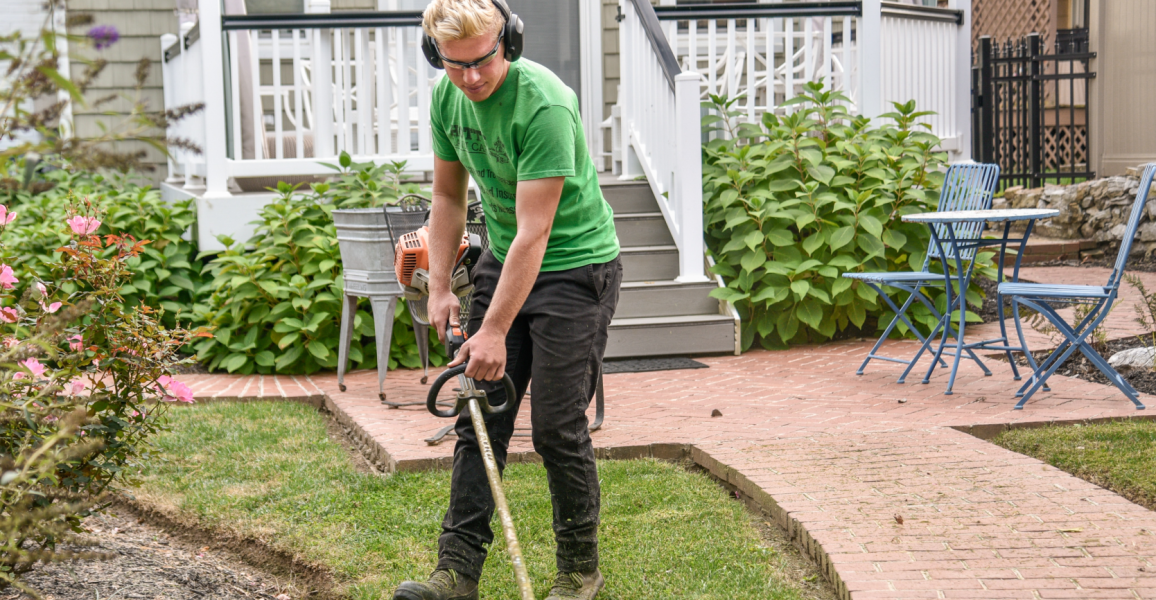You once created an app to help everyone bring unique toppings to a weekly waffle breakfast. How did that initial experience shape product development at Jane?
That’s so funny, I’ve never tried to equate those two things, but it’s kind of the same: it’s problem-solving. Maybe less important problem-solving, but people would show up every week with whipping cream and strawberries—there was no variety. So, I built my first app to help everyone sign up for toppings and make sure they were different.
Similar to Jane, I wanted to create something that was simple and beautiful and required as few clicks as possible to be a delightful experience. I was new to serious software development when we started Jane, but that mentality from the waffle app—that you don’t need to be an expert to take the next step, that you can learn as you go—is definitely part of Jane.
With a mission to ‘Help the Helpers,’ how does collaboration with healthcare practitioners influence Jane’s overall strategy?
We have a lot of compassion for these practitioners. They’re treating patients by day and figuring out how to run a small business in their off hours, and that second part is what Jane is here to help with. Hundreds of different specialties use Jane, but we try to find the common problems they all share and how we can address those to make their day simpler and more efficient.
Their feedback is super critical to how we build Jane. We try to create a very human relationship with our customers and, in return, they’re constantly telling us what they need. We develop Jane with that in mind.
Hundreds of different specialties use Jane, but we try to find the common problems they all share and how we can address those to make their day simpler and more efficient.
How does Jane streamline electronic medical record (EMR) documentation and charting?
Most EMR systems have a very prescriptive format for medical records, and my co-founder, Ali, needed a system for her clinic that had 12 different specialties. When we were building Jane, it was an interesting challenge to design an EMR that worked across all these different types of practitioners. This led us to create a feature that’s essentially a no-code system. Practitioners can build their own charting experience to perfectly suit the way they treat their patients.
With that, we built a library where practitioners can share the templates they create with the entire Jane community—and they do it, just out of generosity. When new users sign up for Jane, they can browse by category and bring templates into their accounts to customize them. As a result, Jane users significantly reduce their charting time because their templates are perfectly tailored to the way they practice.
Why did Jane decide to open in smaller markets first?
You mean in Canada? We had an advantage in how we got to build, test, and refine Jane in a really friendly, less competitive market. Our users were supportive and championed our product—it really gave us an opportunity to enter the US market ahead of where a new startup might normally be. And as a Canadian startup, you have to think globally from day one and be ready to grow your product internationally.
Our users were supportive and championed our product—it really gave us an opportunity to enter the US market ahead of where a new startup might normally be.
Why has your team adopted Stripe’s new Instant Payouts program?
Instant Payouts is a perfect example of Jane always trying to be more helpful to our users. Healthcare margins are super tight and cash flow is critical, especially for our customers who bring on more practitioners and staff. When it's time to cut paychecks, the difference between hours versus days can make a big impact in maintaining positive cash flow. Instant Payouts is one of those things the old model couldn't do because of the constraints of our financial system. Stripe’s infrastructure of real-time money movement makes it possible.
How integral is the payments experience to the overall Jane product?
Having seamless payments is a way that Jane can really simplify the experience for both practitioners and their customers. Transactions after a healthcare visit can feel a bit unnatural at times—you’ve just finished a helping or therapeutic experience and then are asked to go and pay for it. But with Jane Payments, that card might already be on file from when you booked the appointment. The patient can have more of a “stepping out of an Uber experience” rather than a taxi experience. It's better for everyone.
Jane Payments is also incredibly helpful for some of the harder parts of running a healthcare business, where our customers deal with no-shows or patients who should be covered by insurance but get denied.
Where do you think Stripe and Jane are aligned in terms of our values?
I think it’s our focus on simplicity. We work so hard to reduce friction for our customers and we love how Stripe does the exact same thing. Before Stripe, Jane customers had to go through lengthy membership applications. They had to wait weeks before they could begin processing. Today, they can get started within minutes, their reporting is in real time, and their statements are crystal clear. And since Stripe’s infrastructure is constantly evolving, we can keep introducing cool new features to our customers.
Instant Payouts is one of those things the old model couldn't do because of the constraints of our financial system. Stripe’s infrastructure of real-time money movement makes it possible.

